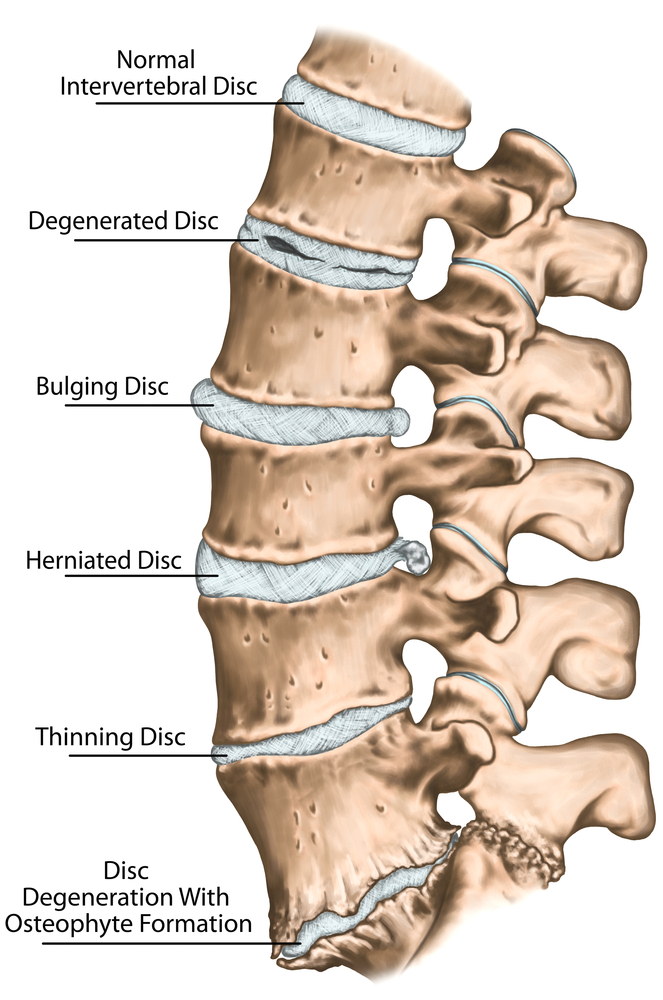In today's world, the approach to pain management has evolved far beyond the traditional reliance on pharmaceutical painkillers. While medication for pain have their role, a lot of individuals are now seeking complementary therapies to address their pain more holistically. Grasping the complexities of pain, such as its severe and persistent forms, is vital in discovering a multitude of effective treatment options that can enhance quality of life.
This all-encompassing guide aims to delve into the numerous services and therapies available for pain management. From the mechanisms behind why we feel pain to useful tips on therapies like rehabilitation, spinal manipulation, and acupuncture, we will shed light on how these approaches can work in conjunction with or independently from medications. By uncovering the best therapies that genuinely offer relief, we can assist individuals make informed decisions on their pain management process and explore paths that promote healing without the over-reliance on pills.
Comprehending Discomfort Management
Pain management is a comprehensive approach to treating and reducing pain, intending to enhance a patient's quality of life. It covers a variety of treatments plus techniques that target the fundamental causes and symptoms of pain. Understanding pain management commences with realizing that pain can manifest in various forms, including acute or chronic, each requiring individualized approaches. Acute pain is usually short-lived and linked with trauma or surgery, while chronic pain can continue for months or even years, leading in significant physical plus emotional distress.
The various types of pain require distinct management strategies. Effective pain management takes into account not only the physical side of pain but also psychological, social, plus surrounding factors that play a role in a person's pain. Pain management clinics provide specialized services, including assessments and individualized plans that combine medical, physical, and psychological interventions. These clinics have developed into essential locations in supporting patients through their pain management path, delivering support plus resources for various pain-related conditions.
In the last few years, the science behind pain has advanced, resulting to a improved understanding of how we perceive pain plus the mechanisms at play in pain perception. This knowledge facilitates the development of innovative therapies and treatments that go beyond traditional medications. By investigating alternative therapies, patients can obtain effective pain relief minus relying solely on opioids or other painkillers. Incorporating alternative options such as physical therapy, chiropractic care, acupuncture, and mindfulness can create multi-faceted pain management plans that meet the unique needs and preferences of each individual.
Alternative Treatments for Discomfort Relief
Alternative therapies have gained popularity in the past few years as effective ways to tackle pain without relying exclusively on medication. Techniques such as acupuncture, chiropractic treatment, and massage therapy offer holistic approaches to pain management. Acupuncture, an ancient Chinese practice, centers on activating specific locations on the body to help increase endorphins and reduce pain. Chiropractic care emphasizes the relationship between the back and the neurological system, using adjustments to restore alignment and improve overall function. These treatments not only address physical issues but also foster a sense of well-being, making them important additions to discomfort management strategies.
In addition to acupuncture and chiropractic care, bodywork has been shown helpful for many individuals experiencing pain. Through various methods, such as deep tissue or Swedish massage, therapists can help alleviate muscle tightness, boost circulation, and promote relaxation. This, in return, contributes to lowering discomfort levels and increasing mobility. The benefits of massage are particularly notable in conditions such as chronic fatigue syndrome and chronic back pain, providing a gentle option for relief that complements conventional medical treatments.
A further complementary treatment gaining traction is the use of mindfulness techniques and meditation. These methods focus on teaching the mind to control discomfort perception and reduce stress, which can exacerbate pain symptoms. Mindfulness-based stress reduction methods and guided mindfulness meditation sessions have shown encouraging results in helping people cope with chronic pain. By integrating these complementary treatments into a comprehensive pain relief plan, individuals can achieve a more balanced approach to relief that addresses both the body and emotional aspects of pain.
Comprehensive Approaches to Pain Management
Comprehensive approaches to managing pain center around treating the entire individual as opposed to just the symptoms. https://canvas.instructure.com/eportfolios/3548712/entries/13062295 address the physical, psychological, and spiritual aspects of an person's experience with pain. Practices such as meditation, mind-body practices, and gentle movement emphasize relaxation and emotional wellness, which can significantly affect pain perception and overall life satisfaction. By integrating these methods into daily lifestyles, those suffering often find they can handle discomfort more efficiently while also reducing anxiety and worry.

Diet plays a critical role in holistic managing pain. Anti-inflammatory diets that focus on natural foods, lean proteins, fruit varieties, and greens can help reduce inflammation and, consequently, pain in the body. Foods high in omega-3 fatty acids, such as fatty fish and hemp seeds, along with high-antioxidant foods, can help decrease pain intensity. Moreover, adequate hydration and the elimination of refined foods can boost overall well-being, enhancing the body’s ability to cope with discomfort in a natural way.
Alternative modalities such as Chinese acupuncture, bodywork, and fragrance therapy are also recognized for their success in pain relief. This practice stimulates specific locations on the body to encourage natural healing and balance. The practice of massage can reduce tension in muscles and improve circulation, leading to less discomfort and relaxation. These therapies, alongside standard treatments, form a comprehensive pain relief plan that tackles various facets of the pain experience, ultimately leading to improved well-being and functionality.
